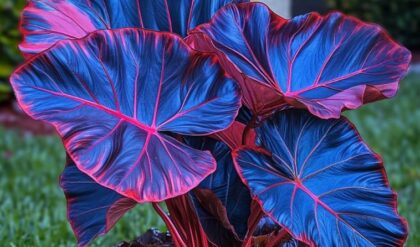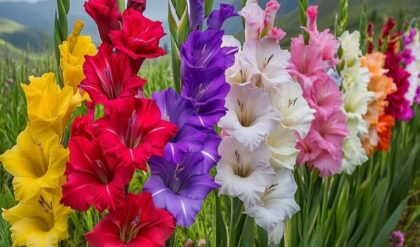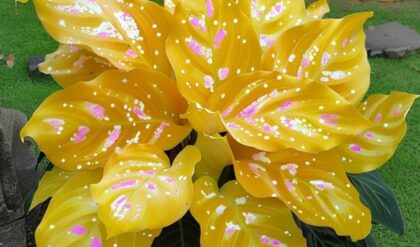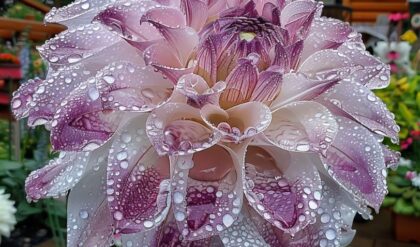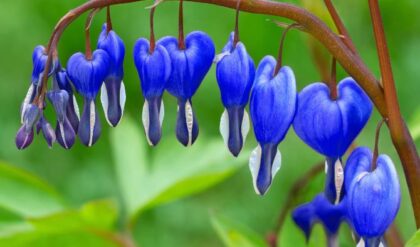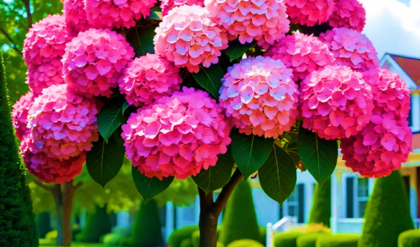The pink jacaranda tree, scientifically known as Jacaranda mimosifolia, is a natural wonder that captivates the senses and transcends the boundaries of mere botanical classification. This essay delves into the multifaceted essence of this captivating tree, exploring its characteristics, cultural significance, ecological implications, and artistic inspirations.
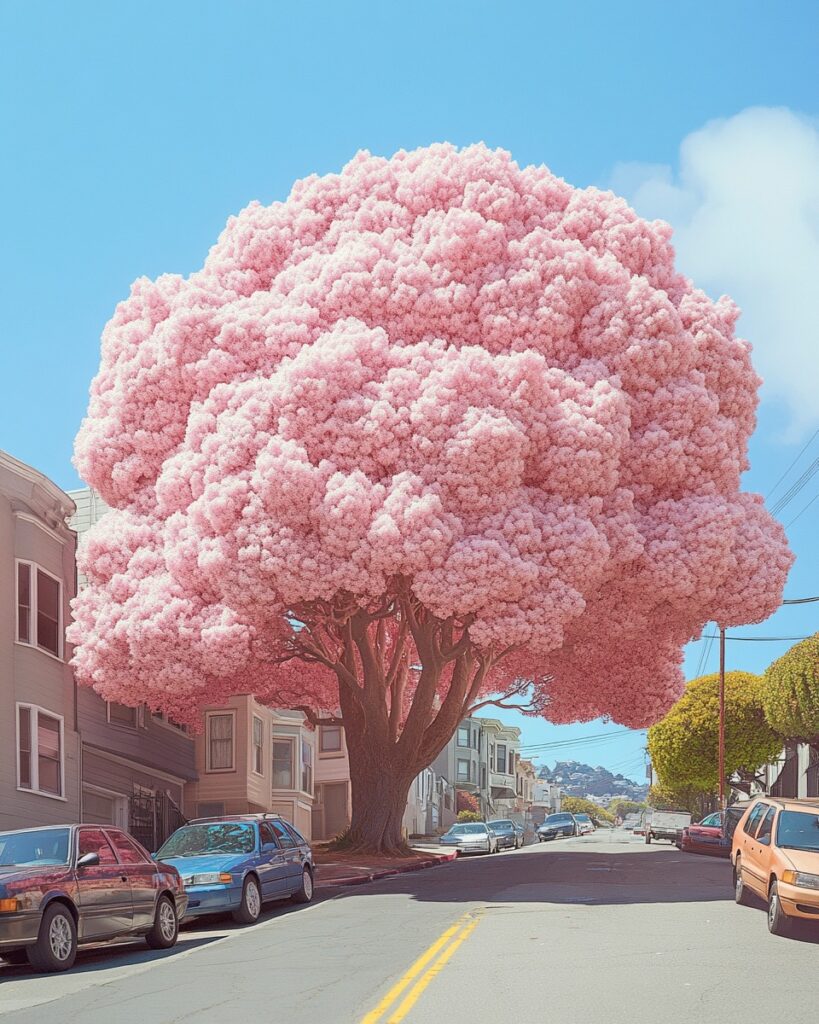
Characteristics of the Pink Jacaranda
The pink jacaranda tree is a sight to behold, with its soft, delicate flowers that bloom in clusters against a backdrop of deep green foliage. Typically reaching heights of around 5 meters, this small to medium-sized tree has a relatively straight trunk, lending it a statuesque elegance.
Vibrant Blossoms and Seasonal Transitions
Flowering primarily occurs in early spring (late August to early September), marking the arrival of warmer weather with a vibrant display of color. The clusters of pink blossoms create a stunning spectacle, reminiscent of a watercolor painting come to life. As the flowers flutter down like soft pink snow when in full bloom, they evoke a sense of enchantment and nostalgia in those who witness their transient beauty.
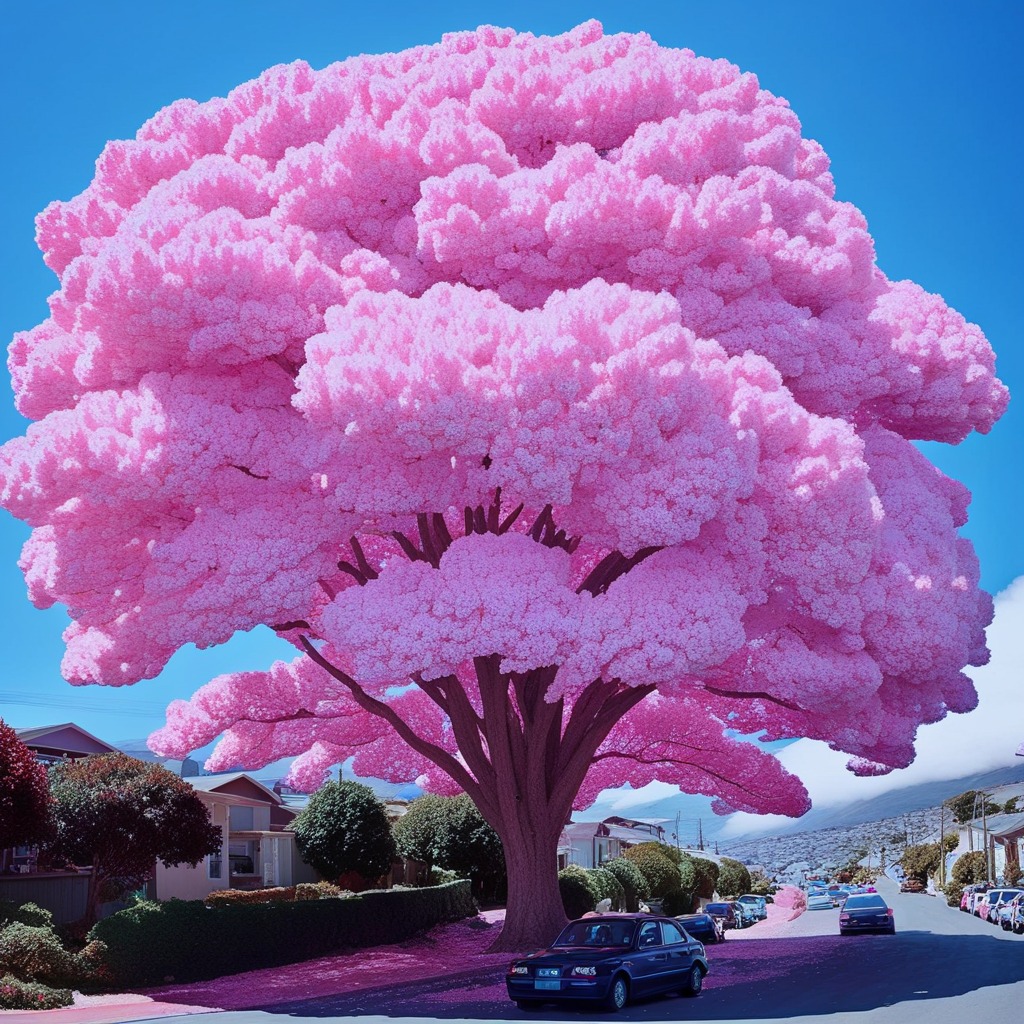
Intriguing Growth Patterns and Life Cycle
The life cycle and growth patterns of the pink jacaranda tree add an intriguing layer to its allure. The average lifespan of these trees can span several decades, with their blossoms heralding the changing of the seasons year after year. This cyclical nature not only delights the eye but also fosters a deeper connection to the rhythms of nature, particularly in urban environments where such natural wonders are often scarce.
Captivating Visual Appeal
The visual grandeur of the pink jacaranda tree is undeniable, and it is no wonder that it has become a sought-after subject for photographers and nature enthusiasts alike. The contrast between the delicate pink flowers and the deep green foliage creates a stunning display that has the power to captivate both residents and tourists. This optical beauty not only delights the eye but also serves as a powerful symbol of the natural world’s inherent elegance.

Cultural Significance of the Pink Jacaranda
The pink jacaranda tree holds significant cultural importance in various regions, particularly in South Africa and Zambia. Its prominence as a beloved and celebrated icon has transcended geographical boundaries, with its blossoms becoming a source of community pride and a catalyst for cultural gatherings and festivals.
Iconic Status and Community Celebrations
The influx of tourists and their Instagram-worthy posts have further cemented the pink jacaranda’s iconic status, with its vibrant blooms becoming a symbol of both natural beauty and cultural identity. For many, witnessing the flowering of the jacaranda tree is akin to participating in a ritual, where communities come together to appreciate nature’s fleeting beauty.

Connecting People with Nature
The presence of the pink jacaranda tree in urban settings serves as a living testament to the relationship between people and nature. Its enduring presence can prompt discussions about conservation, responsible landscaping practices, and the importance of preserving indigenous flora in the face of urbanization. These reflections can foster a deeper appreciation for the natural world and inspire a sense of stewardship among residents.
Cultural Heritage and Belonging
In some regions, the pink jacaranda tree has become an integral part of the cultural heritage, serving as a reminder of the indigenous flora that once thrived before urban development. Its presence in certain neighborhoods or public spaces can evoke a sense of belonging and connection to the local community, reinforcing the idea that the tree is not just a botanical wonder but a living embodiment of the area’s identity.
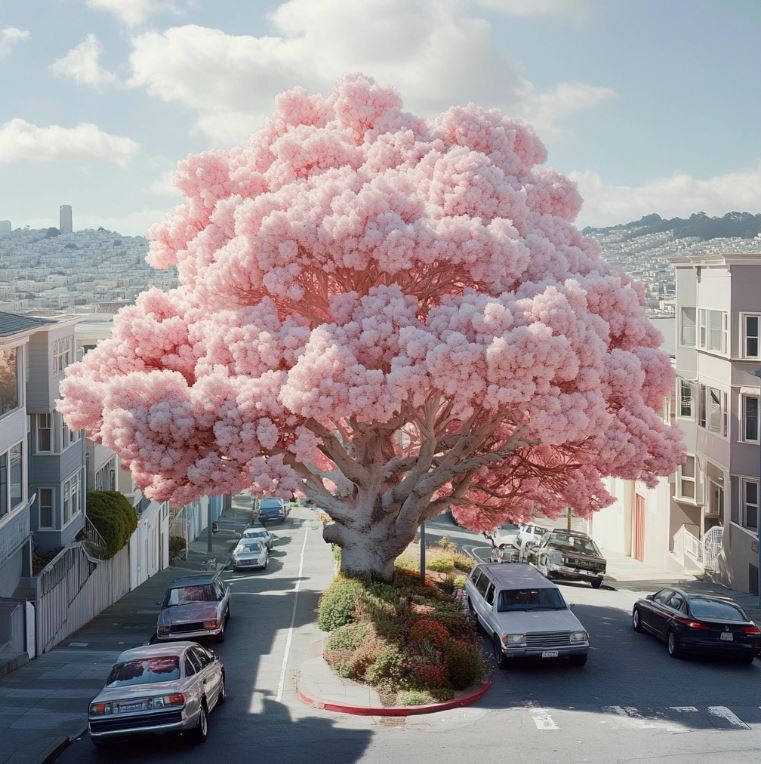
Ecological Implications of the Pink Jacaranda
From an ecological perspective, the pink jacaranda tree presents a complex and multifaceted picture. While it contributes positively to urban biodiversity, its status as a non-native species also raises important questions about the delicate balance of local ecosystems.
Enhancing Urban Biodiversity
As an ornamental feature, the pink jacaranda tree enhances the aesthetic appeal of landscapes and provides valuable habitat for various species of birds and insects. Its flowers offer nectar to pollinators, contributing to the overall biodiversity of urban environments.
Balancing Ecological Considerations
However, the introduction of non-native species like the pink jacaranda can sometimes disrupt the natural dynamics of local flora and fauna. This duality highlights the need for careful consideration and a balanced approach when incorporating such trees into urban planning and landscaping.
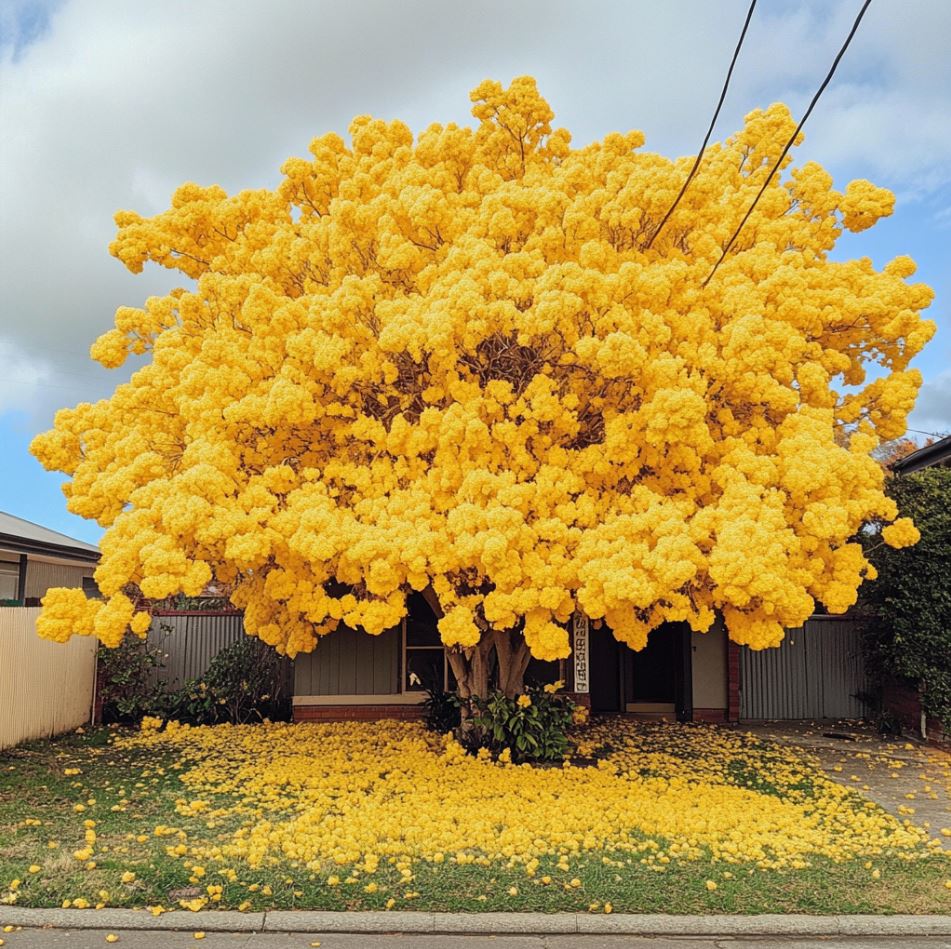
Sustainability and Stewardship
Urban planners and environmentalists must weigh the allure of planting aesthetically pleasing trees against their long-term ecological impact and viability in specific biomes. This challenge invites discussions about sustainability, responsible stewardship, and the prioritization of native tree species over imported varieties.
Fostering Environmental Awareness
The presence of the pink jacaranda tree in urban settings can serve as a catalyst for broader conversations about our collective responsibility towards the natural world. By recognizing the tree’s dual role as a visual marvel and a potentially disruptive presence, we can cultivate a deeper appreciation for the complexities of urban ecology and inspire future generations to engage thoughtfully with their environment.
Artistic Interpretations and Inspirations
The pink jacaranda tree has not only captivated the senses of observers but has also inspired artistic expressions across diverse mediums. From paintings that capture the essence of its blooms to handmade crafts that incorporate its imagery, the tree has become a muse for creative endeavors.
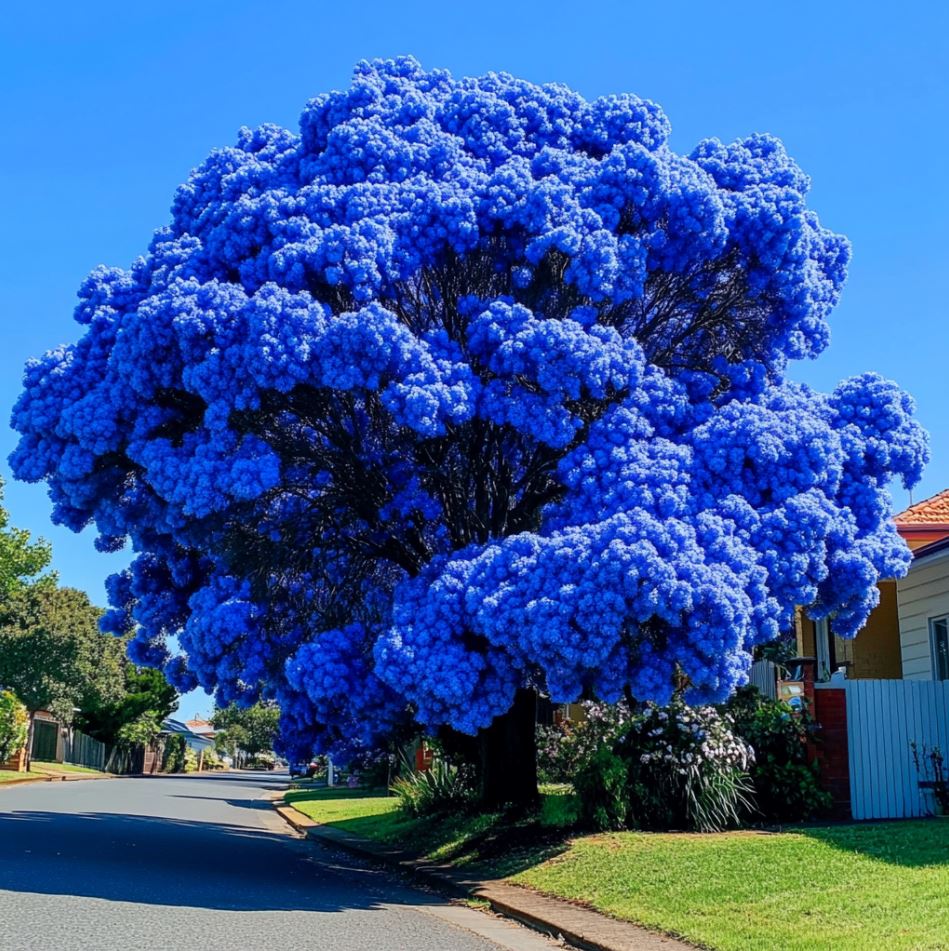
Elevating Everyday Experiences
Artistic interpretations of the pink jacaranda tree transform public spaces into galleries, provoking thought, inspiring creativity, and cultivating ongoing dialogue around nature and humanity’s place in it. These artistic expressions elevate everyday experiences, inviting viewers to engage with the natural world in a more profound and meaningful way.
Celebrating Natural Beauty
Painters capture the vibrant hues and graceful forms of the jacaranda’s blossoms, using expressionist strokes to celebrate the tree’s natural beauty. Handmade crafts, such as pottery, textiles, and jewelry, incorporate the tree’s imagery, further solidifying its cultural relevance and its ability to inspire artistic interpretation.
Fostering Cultural Narratives
The integration of the pink jacaranda tree into contemporary art and design not only reflects its visual appeal but also speaks to its deeper significance within cultural narratives. These artistic expressions elevate the tree’s status as a symbol of nature’s enduring beauty and its ability to captivate the human spirit.
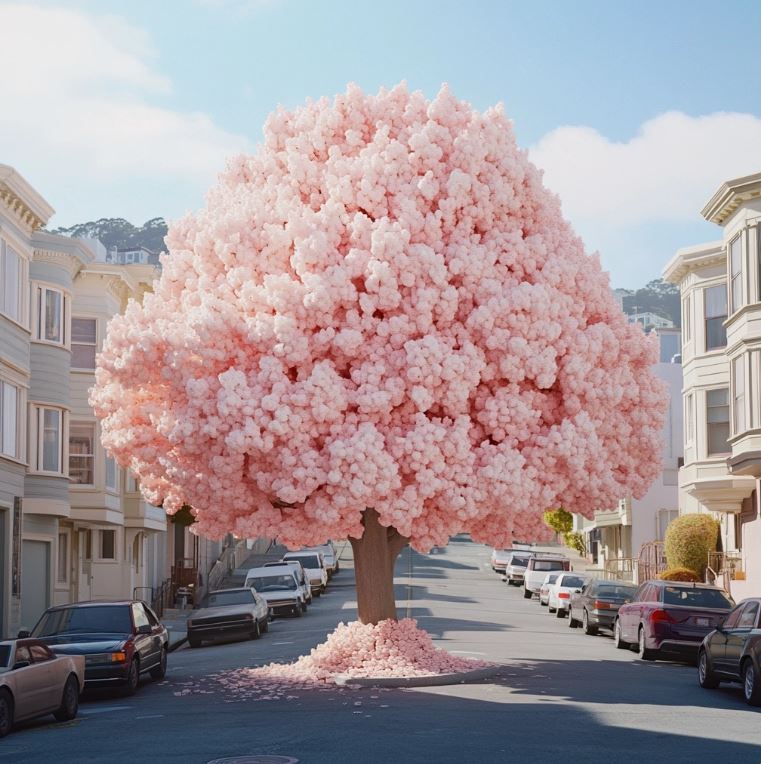
Conclusion
The pink jacaranda tree is a natural wonder that transcends the boundaries of mere botanical classification. Its vibrant blossoms, intriguing growth patterns, and cultural significance have made it a beloved icon in various regions around the world. From its characteristic beauty to its ecological implications and artistic inspirations, the pink jacaranda tree offers a multifaceted story that invites us to pause, appreciate, and reflect on our relationship with the natural world.
As we navigate the complexities of urban environments, the presence of the pink jacaranda tree serves as a reminder of the delicate balance between human endeavors and the preservation of natural ecosystems. By recognizing the tree’s duality as a visual marvel and a potential ecological challenge, we can foster a more thoughtful and sustainable approach to urban planning and landscaping, ultimately cultivating a future where the enchanting allure of the pink jacaranda continues to captivate and inspire generations to come.
